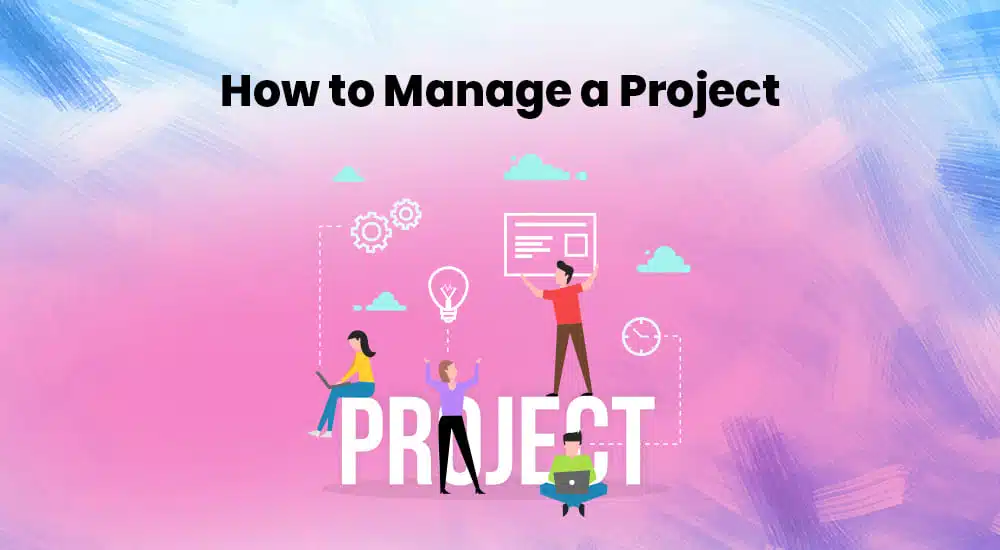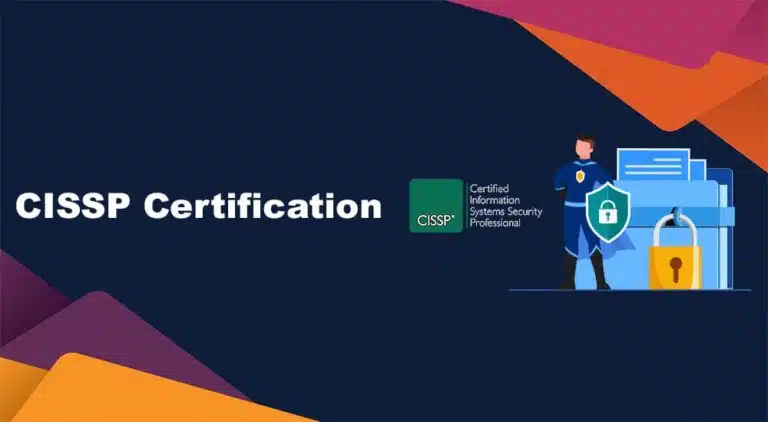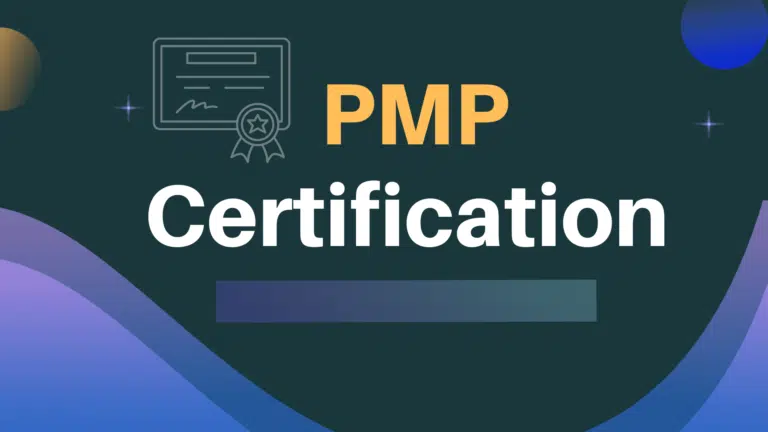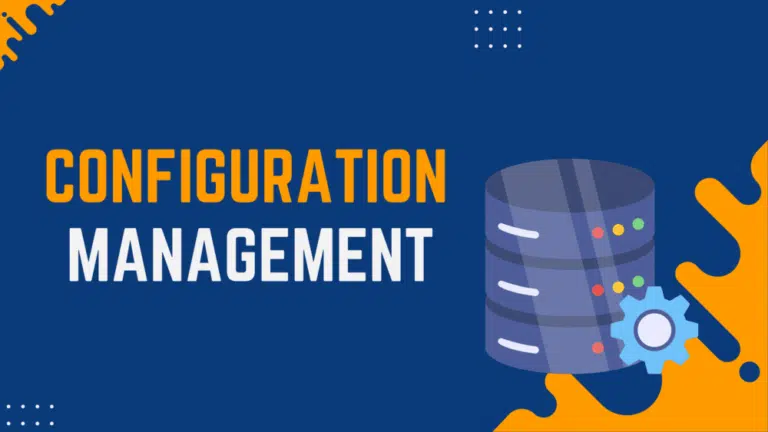The project environment is dynamic, and its processes interact with each other uniquely for each project, which is impossible to predict. Managing a project from start to end is a challenging task requiring project managers to have many project management skills.
Managing a project requires technical and interpersonal skills.
In today’s blog post, we will discuss managing a project from start to end that leads to successful project completion with minimal hurdles.
Let’s get started.
How to Manage a Project Effectively
Effectively managing a project involves a lot of processes and techniques (e.g., following up on plans, monitoring and controlling tasks throughout the project lifecycle, and ensuring that the client or project sponsor accepts the deliverables).
You can follow the following 15 tips for successful project management:
#1. Establish Ground Rules
Ground rules are agreed-upon guidelines that govern how a team will work together. You can establish them at the beginning of a project, and they can be revisited and updated as needed.
Ground rules guide how the team members communicate with each other, how the conflict will be solved, work ethic accountability, how the team members will treat others, and what is acceptable and unacceptable behavior.
Ground rules help to create a positive and productive work environment. They help to reduce conflict and misunderstanding. When team members know what to expect from each other, they are more likely to work together effectively.
It is important to note that ground rules are only effective if all team members agree and follow them. If a team member violates a ground rule, the team should address the issue directly and promptly.
#2. Establish Robust Communication
Project managers spend a lot of time communicating (e.g., formal, informal, written, and verbal communication). According to the Project Management Institute (PMI), project managers spend 90% of their time communicating.
Ensure that all communication is clear and effective. Develop a sound communication-management plan. Ensure that your team members understand it and will not pass irrelevant information or poor communication to other stakeholders, which can cause confusion and conflicts.
Improper communication can cause scope creep, which will negatively affect the project objectives.
Following these guidelines for effective communication:
- Ensure that the team members follow the communication-management plan.
- Ensure that all reports are given in a formal, written format and send them regularly to stakeholders to inform them about the project’s progress.
- Hold regular meetings with stakeholders to identify obstacles and their solutions. Avoid playing the blame game!
- Develop an environment in which team members can share their thoughts without fear. Encourage open and honest communication to avoid misunderstandings.
- Choose the right communication tools (e.g., email, project management software, video conferencing, and instant messaging apps).
#3. Use Robust Project-Management Software
If the project is simple and involves only 2-3 team members, then you can manage the project manually or by using simple spreadsheet software. However, you must use project management software if the project is large and complex. Using large projects without a software tool is inefficient, and as a result, tracking progress will be time-consuming and full of errors.
Project management software is useful in project management for many reasons, such as:
- It streamlines and perfects project planning, execution, monitoring, and control.
- It helps teams collaborate effectively, stay organized, and make data-driven decisions.
This ultimately improves project outcomes and productivity.
While choosing project-management software, ensure that it offers the following:
- The software should be cloud-based for access anywhere and on any device.
- It should offer a mobile app so the team members can access it through the app seamlessly and stay in touch 24/7.
- It should offer all the features your project requires.
- It should provide a modern, clear interface with a shallow learning curve.
- It should be affordable and offer robust support.
#4. Resolve Conflicts Quickly
Conflicts are common in projects, and you must manage them more often than you think.
The most common causes of conflicts include:
- Scheduled priorities
- Task assignments
- Unclear roles and responsibilities
- Personal differences
As a project manager, you should watch out for conflicts and resolve them immediately. Though there is no single best conflict-resolution technique, PMI recommends using collaborative problem-solving techniques to resolve conflict, as it will bring about a consensus and harmony among stakeholders.
Use conflict-resolution techniques that best align with your project objectives. If two low-level stakeholders (e.g., laborers) are having a conflict, then you may choose to ignore it, as it may not affect the project, and thus it may not be worth your time.
However, if two influential stakeholders have a conflict, it may affect your project objectives negatively, so you should resolve the conflict quickly. Remember, you are not a judge; you are a project manager. Invest your time wisely and do what is best for your project. Soft skills are the key to conflict management; use them to resolve conflict.
#5. Communicate the Project Objectives
Set the project objectives at the beginning of the project, communicate them to the project stakeholders, and ensure that your team members understand their roles and responsibilities in achieving these objectives. If the team members know the project objectives, it will give them direction and motivate them to perform at their best.
When your project objectives and goals are unclear or poorly defined, efficiency will suffer. In a survey by Asana, 27% of respondents said that “a lack of clarity due to unclear processes” was the top cause of poor productivity.
Therefore, you must ensure that your project goals and objectives are clear and that the team members are aware of them.
You must also ensure that the project objectives are SMART (i.e., Specific, Measurable, Achievable, Relevant, and Time-Bound).
SMART objectives are:
- Specific to the project
- Measurable, so you can know whether you have achieved them
- Realistic and achievable
- Relevant to the project
- Achievable within a fixed time period
After establishing objectives, execute the project plan and track the project’s progress.
#7. Ask for Help
A project requires many skills and expertise, and the project manager is not supposed to be a master of all skills, though it is better they are a jack of all trades. If you have doubts, you must ask for help from your team members. There is no shame in asking for help; do not pretend you know everything and don’t need help.
It will show your genuineness and responsibility in completing the project. The team has a planning specialist, developer, and cost control specialist, and you can take their help for expert opinion.
#8. Build a Cross-Functional, Adaptive Team
Build a team with skilled team members who are cross-functional. Ensure your team members have all the skills required to complete the project and use the best practices. The right team can work efficiently and complete the work with minimal obstructions and issues.
To build the ideal team, identify project goals and objectives, find the required skillset, and search for employees in your organization. If you do not find them, recruit them from outside. Sometimes, you may need to train new employees; in that case, ensure you have sufficient arrangements for providing training and assistance.
Building a cross-functional, adaptive team takes time and effort, but doing so is worth it overall. Cross-functional teams are more innovative, efficient, and effective. They can better adapt to change and deliver results.
#9. Continuously Motivate Your Team Members
Motivation is a great factor in improving team members’ performance. Better salaries and good working conditions are hygiene factors that will motivate them initially. However, these become normalized as time passes and will not motivate them further.
A highly engaged and motivated team does everything to ensure the project succeeds. A Harvard Business Review survey shows that 56% of the participants achieved positive returns by investing in employee engagement strategies.
You can motivate your team members using the following strategies:
- If budget and management allow, you can reward your team members financially.
- You can assign better tasks or give them better roles based on their performance.
- You can praise them for their exceptional performance in front of the other team members.
- You can conduct team-building activities to break up the monotony, inject new energy, and motivate your team members.
Experienced and best project managers know how to motivate the team, get the best from them, and achieve project success.
#10. Don’t Focus on Perfection
Once the deliverable fulfills the quality requirements, deliver it to the client and ask for their validation and approval. Don’t try to make it perfect; it will only waste your time and effort, and more importantly, it is worthless.
Prioritize the backlog and remember the main objective: to complete the project on time and within budget.
#11. Manage Key Stakeholders Closely
Project management is about managing stakeholders’ requirements. If the stakeholders’ requirements are met, and they are happy, the project is successful; otherwise, it is not.
You can find the key stakeholders from your stakeholder register, monitor them closely, and fulfill their requirements. Ensure they are always satisfied. Keeping satisfied key stakeholders increases the chances of your project’s success. Communication skills are the key for the project managers.
#12: Record Everything
Often, project team members and/or project managers forget to record information. Later, this missing information can cause an issue. For example, if they find any risks and do not record them in the risk register, they may forget to develop a risk-response plan, which can cause delays in the project schedule later.
If the risk occurs, it can negatively affect the project in the absence of a risk response plan.
Therefore, document everything. All project issues, risks, updates in the plan, and requests from the client. It helps avoid conflict and miscommunication at later stages.
#13. Monitor and Control the Project
Once the project starts, you must monitor and control the project throughout the project life cycle. Watch out for the project timeline and milestones. Ensure no deadlines are missed, and the team follows the right project management processes.
If the project is delayed or over budget, you must take the necessary actions to get the project back on track. Additionally, ensure that you regularly provide stakeholders with status, progress, and performance reports.
Monitor the project deliverable for any defects; if it has some deviations, correct it and take necessary actions so the error does not recur.
Monitoring and control is the key to project success.
#14. Don’t Forget Risk Management
Risk management is a key part of project management and vital for project success. However, many organizations avoid it, consider it an additional burden, and later suffer. Therefore, ensure that your project follows risk management. Develop a risk management plan and add contingency and management reserve to cost and schedule.
Risk management is a continuous process; therefore, look for risks until the project ends, and when you find a risk, qualify it, develop a risk response plan, and update the project management plan or baselines as required.
#15. Select the Right Project-Management Methodology
To manage a project effectively, you must understand all project management methodologies and select the right one.
If you manage a project with a defined project scope of work, and there are slim chances that changes will be needed, then you can go for the waterfall method. This method is also known as the “traditional framework,” and it is suitable for construction projects.
If the project does not have a defined scope initially, and there is a higher chance that changes will be needed, then you can use Agile frameworks. Agile frameworks are suitable for projects with undefined requirements (e.g., IT or software projects).
Agile frameworks are collections of methodologies such as Scrum, SAFe, Crystal, KANABN, etc.
Project-Management Issues
While managing a project, you will face many issues; the following challenges are most common in project management.
#1. Scope Creep and Gold-Plating
Scope creep is the unplanned change in the scope of work or product specifications. Scope creep occurs due to miscommunication between the client and the project team or due to unclear scope of work.
During gold-plating, team members add product features internationally to make clients happy. However, they add these features without reviewing their impact on scope, cost, schedule, or any other project objectives.
Scope creep and gold-plating are undesirable, as they can negatively affect the project objective. To avoid them, you should ensure that communication is always formal, the scope of work is well defined, and your team members understand the negative consequences of scope creep and gold-plating.
#2. Resource Constraints
Resource constraints are issues with most projects. Some project managers overestimate the budget, and others underestimate it. In both cases, the estimate is not good for the project. A successful project must finish on time and within budget, though a 1% to 5% variation is sometimes accepted.
The project can face resource constraints due to the following reasons:
- Ignoring the contingency or management reserve
- Making incorrect assumptions or constraints during cost estimation
- Overspending or underspending during project execution
- Taking improper cost-control measures
You can control the budget by performing risk management and adding the contingency and management reserve. Ensure that you involve experts while developing the project budget and that you maintain proper control and monitoring while spending the budget.
#3. A Lack of Proper Communication
Project management is about communication and keeping stakeholders informed and confident. If communication is poor, stakeholders will not be satisfied, which can affect the project in multiple ways, the most likely of which is scope creep.
Improper communication also increases conflicts and can demotivate team members.
You can take the following steps to manage communication in your project better:
- Emphasize formal communication—especially between the client and the team—while making change requests and requesting reports.
- Establish ground rules and ensure that your team members follow them.
- Provide stakeholders with status, progress, and performance reports to keep them satisfied with the project’s progress.
#4. Unclear Roles, Responsibilities, and Task Assignments
When roles and responsibilities are unclear or overlapping, it can lead to confusion and conflicts within the team. Clear role definition is crucial for effective project management.
Unclear or incorrect task assignments can also affect the project’s quality. Your team members should be assigned tasks according to their skills and experience. If they are assigned an unclear or incorrect task, then they will perform poorly, which will in turn, affect the product’s quality.
How Can You Be a Better Project Manager?
You can improve your project-management skills by following the tips given above. You will also need to improve your technical and people skills. You can get training to fill the knowledge gaps if you lack these skills.
Join the local project management communities, attend their meeting to get the latest trends, and meet with experienced project managers to learn from their experience. Review your organization’s records for projects and go through lessons learned.
These will help improve your project management skills.
Summary
To manage a project effectively, you must build a team with the skills required to complete the project. Develop sound project management and execute them. Throughout the project life cycle, keep stakeholders engaged, ask for feedback, and improve the product. This will lead to successful project management.

I am Mohammad Fahad Usmani, B.E. PMP, PMI-RMP. I have been blogging on project management topics since 2011. To date, thousands of professionals have passed the PMP exam using my resources.







